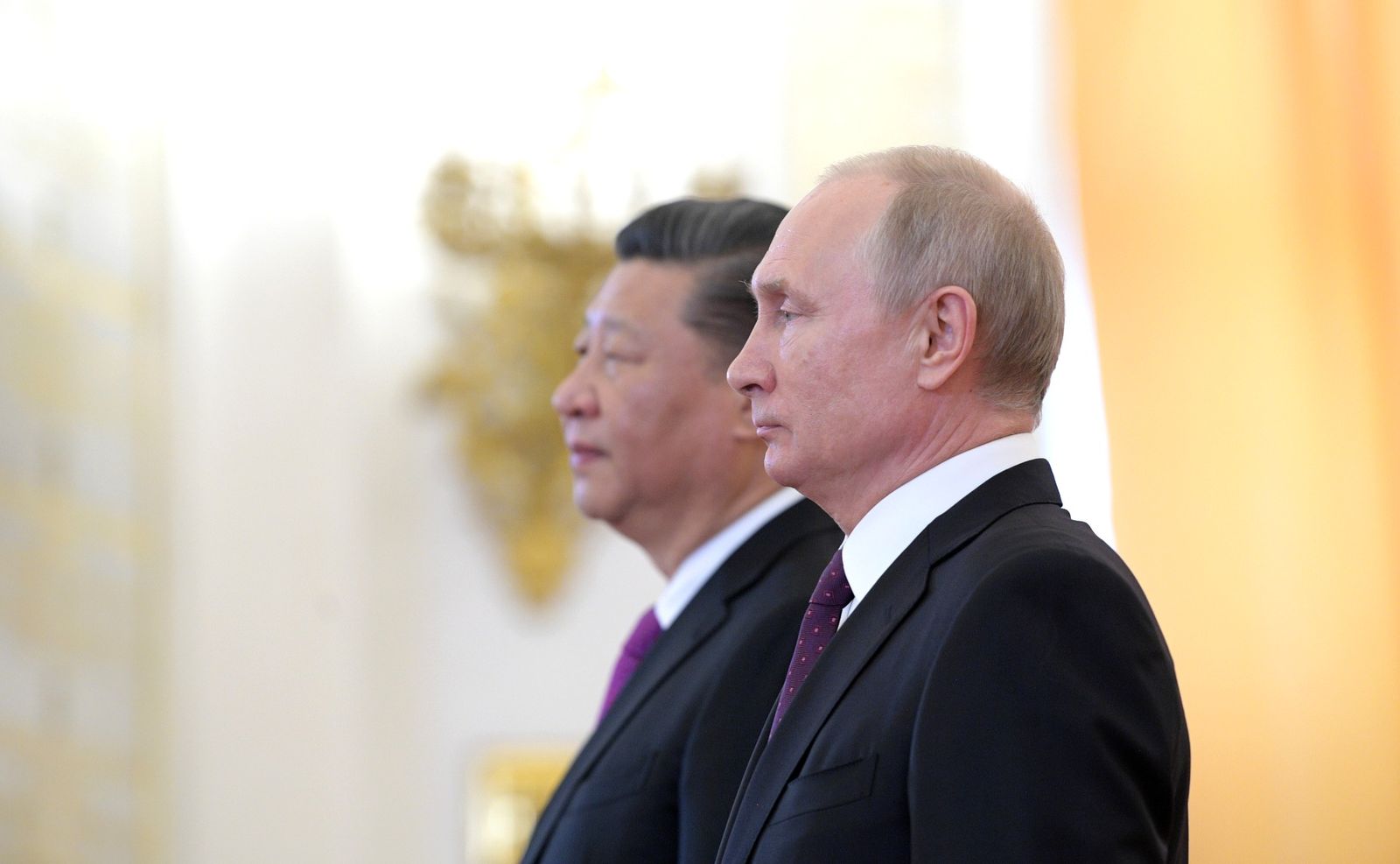The Russo-Ukrainian War continues to drag on after almost two years of fighting. Following a desperate defense of its capital against a generally unforeseen invasion, Ukraine has continued to frustrate Russian attempts to conclude their anticipated invasion. Nevertheless, neither side has been able to make the kind of significant breakthrough that could end the war. Given the fierce back and forth battles raging across a thousand mile front line, no definite end seems in sight. Russia still controls a sizable portion of Ukrainian land, including the crucial Crimea region. The sustained nature of the conflict is creating additional pressure on the populations and the economic capabilities of both parties. The reverberations of the conflict on global food product supply chains has continued even as the war itself has ground to a near-stalemate.
Much of the media coverage on the Russo-Ukraine conflict has focused on the human toll that has shocked societies across the globe. From bombed out Ukrainian apartment complexes to shell-shocked troops, the horrors of large-scale 21st century land warfare in Europe have been widely reported. Yet, the war has also destroyed some of the world’s most productive farmlands. Ukrainian soil is known to be so fertile that it has historically been called “Black Earth,” or chernozem. Indeed, this soil is excellent for growing crops or grazing livestock. But this farmland has weathered extreme damage due to the pressures of armed conflict. Both sides have placed extensive minefields along contested zones, and trench lines have begun to crisscross the front line. This is not to mention the constant shelling that pockmarks the fields. All of these factors indicate long-term threats to Ukrainian agriculture. Besides the physical damage inflicted on the farmland itself, Ukraine also has faced the impact of the war on their ability to trade grain on international agricultural markets.
Without consistent access to grain storage facilities and infrastructure to facilitate the export of wheat, corn and other agricultural commodities, Ukraine’s agricultural sector has faced compounding challenges over the course of the war. Nevertheless, Ukraine has continued to export large quantities of grain through the grain corridor, not to mention the supplies transported out through Europe. In fact, over the entire period of the Ukraine grain export deal, the country exported a remarkable 33 tons of grain and other foodstuffs to other countries. In addition, funds for the demining of fields are attracting donations, and the US has provided around US$350 million in assistance to the Ukrainian agricultural sector since July 2022 through USAID programs.
Not only has the war damaged Ukraine’s agricultural sector, but it has also isolated Russian agriculture. Once a major importer of food supplies, by 2018, the Russian agricultural sector had become a darling of the Russian economy, as it became one of its fastest growing parts. In particular, Russia has been able to increase its exports of wheat and oilseeds in the past several years. Given Russia’s expansive geography, it comes as no surprise that Putin has previously identified agriculture as a major area of opportunity for Russia with which to become competitive on the global market.
Yet, the onset of the Russian invasion of Ukraine has posed plenty of challenges for the Russian agricultural sector. The immediate impact of sanctions has reduced the ability of Russian farmers to get access to the advanced agricultural technology needed to increase the efficiency of their farming operations. This will make it difficult for Russia to open new lands to cultivation as well, since domestic industrial production is preoccupied with supporting the war effort. Advanced tractors and other agricultural processing machinery from the West make it more feasible for Russia’s domestic agricultural sector to increase its yields. But even as sanctions affect the growth opportunities for Russian farmers, market prices have become more favorable for exports. Indeed, Russia has endeavored to sign contracts to continue exporting grain to countries as diverse as Egypt, China, and India. The US and the EU are likely to continue to block Russian foodstuffs and other agricultural exports from their markets and to compete with Russian grain in global markets. But Russia can still look to developing economies and offer attractive prices to continue creating revenue streams. This poses a major challenge for the US-led effort to contain Russia in the international arena. Of course, the hurdles placed on Russian agriculture by strong US sanctions relating to advanced machinery and equipment certainly complicate the picture of the Russian agricultural sector’s “resilience.”
The spike in food prices in the spring of 2021 following the Russian invasion of Ukraine touched off concerns of a food scarcity catastrophe in the parts of the Middle East and Africa that import large quantities of grain from Ukraine and Russia. In July 2022, the US and Turkey, along with other countries, brokered the so-called Black Sea grain deal, which allowed for the delivery of metric tons of food through specifically marked safe lanes in the Black Sea. One major beneficiary of this diplomatic breakthrough was Egypt, which was able to increase its grain imports economically from the ships coming into the Mediterranean through the Dardanelles. Due to deteriorating battlefield conditions, Russia ended the Black Sea grain deal in July 2023 despite calls from around the world to continue the export corridor that ensured crucial supplies of foodstuffs to hungry nations. In its place, Russia, throughout the late summer and early autumn of 2023, has continued to negotiate separate food delivery with African nations that have disrupted food supply chains. Egypt has reportedly managed to make the switch from Russian grain to imports from EU countries, such as France and Bulgaria, but other nations may find it harder to find alternative food supplies. But bilateral negotiations and small-scale deliveries will not match the quantity of pre-war grain exports that had previously flowed from Ukraine and Russia through the Dardanelles.
The failure of the ceasefire attempts and the collapse of the grain deal do not portend well for alleviating the world’s food security crisis. Both the Middle East and Africa could face devastating consequences, such as major food shortages and inflation, should grain prices continue to rise. In addition, as the Russo-Ukrainian War increasingly places the West in deepening tension with both Russia and its supporters (such as China) for the foreseeable future, it seems food security questions will continue to be mapped along those very geopolitical lines. Clearly, the humanitarian consequences of the Russian invasion of Ukraine are not limited to just Eastern Europe.





